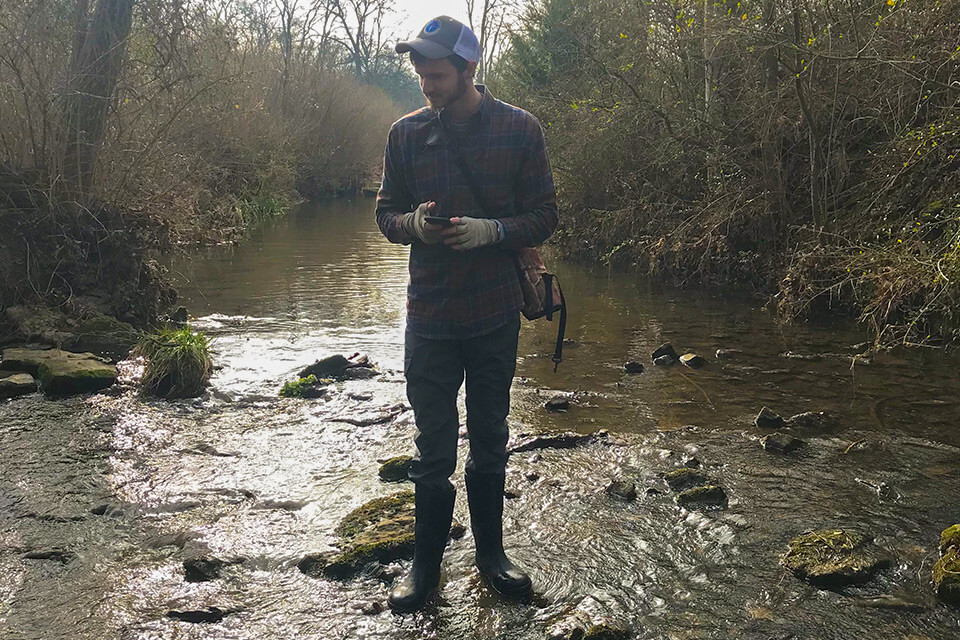What is Environmental Permitting?
Lord & Winter provides environmental permitting services to help our clients comply with environmental protection regulations at the local, state, and federal levels. Our team of professional scientists works collaboratively with landowners, engineers, and general contractors as part of the development team; establishing and maintaining effective communication channels with regulatory agencies responsible for enforcing environmental permits and regulations. We guide our clients through the entire permitting process by accomplishing the following key milestones:
- Preliminary desktop reviews
- Natural resource surveys
- Impact avoidance during conceptual planning
- Endangered species survey
- Permit application
- Agency consultation
- Mitigation planning

Delivering Results
Environmental Permitting Services with High-level Project ManagementProject Management
Our environmental permitting projects are managed by Lord & Winter Project Managers who hold a Master of Science Degree and a Project Management Professional (PMP) Certification. This ensures that your project is overseen by a Professional Environmental Scientist with both niche technical and project management skills. We guide your project with expertise in scope, schedule, budget, and stakeholder communication. Our team uses critical path knowledge, workflow process, and agile contracting to manage the process efficiently for successful outcomes.
We provide counsel to expedite projects and meet permit thresholds and resource impact levels. This approach reduces permit requirements and costs while increasing resource protection. At Lord & Winter, we are committed to providing effective solutions that meet your project goals while minimizing environmental impact - delivering the highest level of service to meet your project needs.
Scoping and Scheduling
Regulatory Programs
Identifying Protected Natural Resources
Confirming Jurisdictional Resources



Protection of Endangered Species
Quantifying Conflict in the Proposed Development
Minimizing Impact
- Moving a stream crossing to an upland area
- Spanning a stream
- Directional boring underneath wetlands and streams
- Returning soil to pre-construction grade in wetland areas
- Performing construction outside of the endangered species breeding season
- Installing culvert solutions that do not impact channel
- Aligning lot and roadway layout with buffer protections

